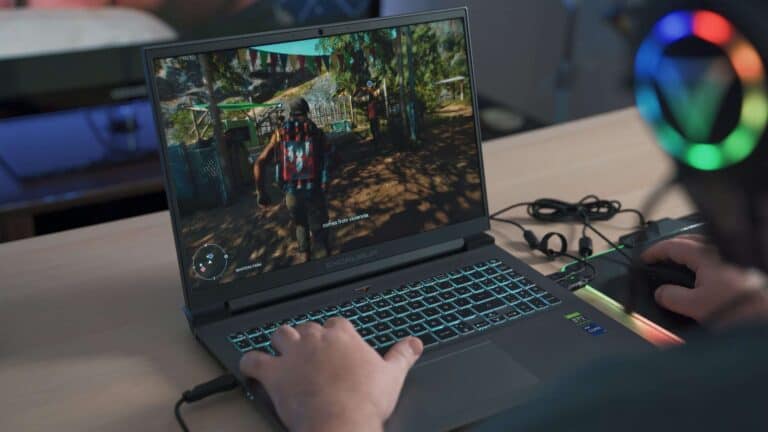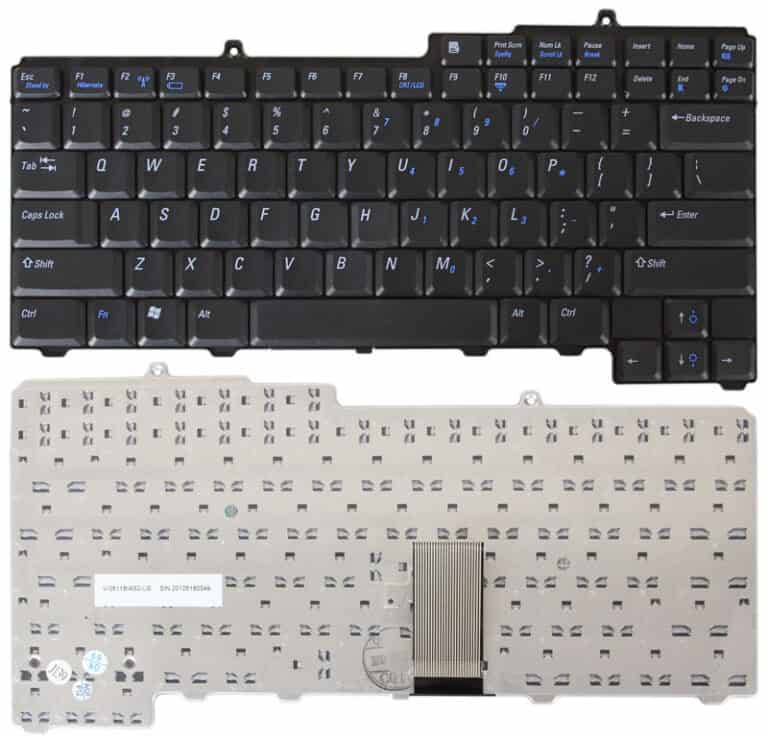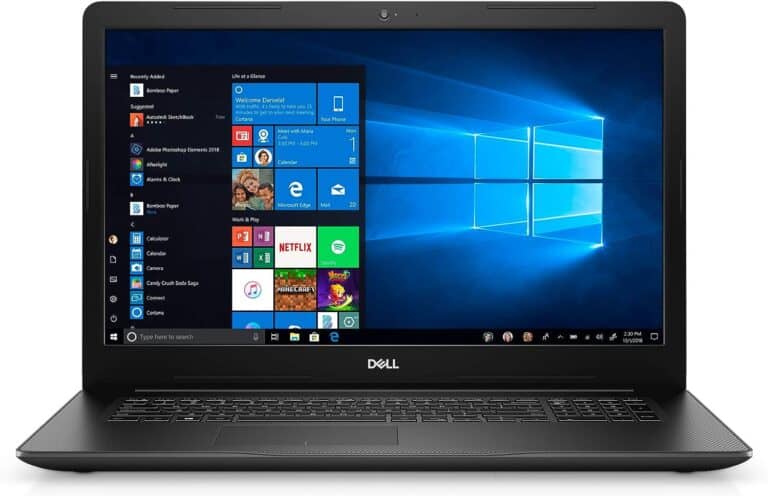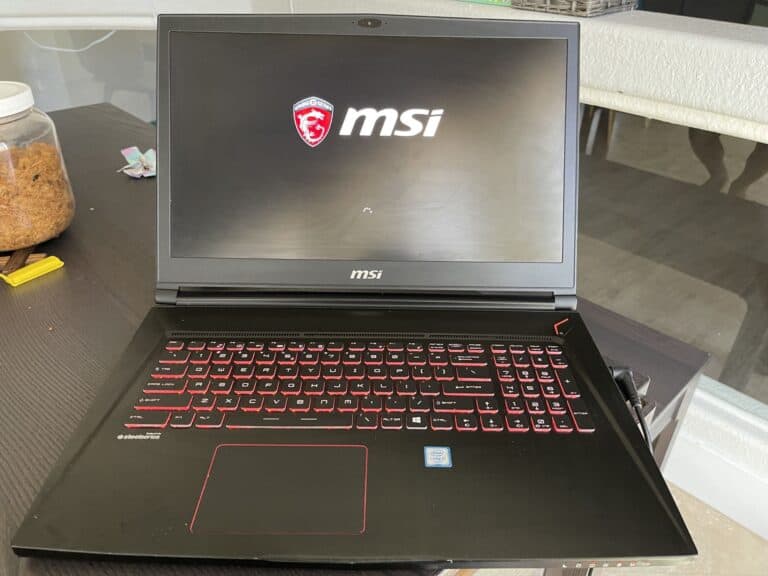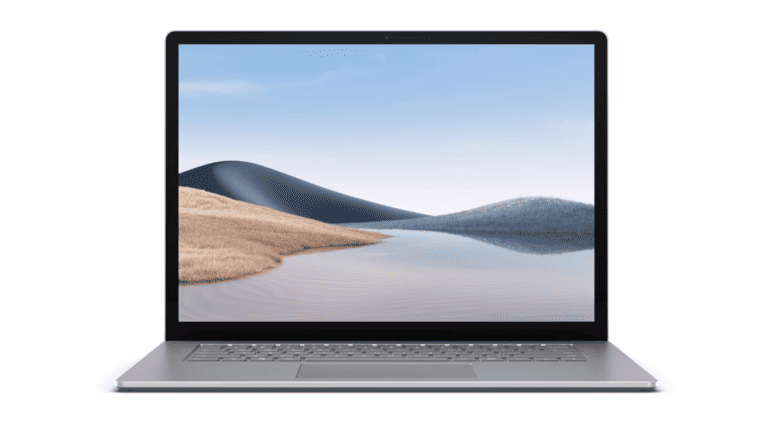When a laptop starts shutting down unexpectedly, it can be a source of frustration and concern. These random shutdowns can be symptomatic of underlying problems that need swift attention. Overheating is a common cause and occurs when a laptop’s cooling system is unable to keep the internal temperature at a safe level. Dust buildup in the vents and fans can contribute to this issue. It’s important for users to periodically clean their vents and ensure their fans are functioning properly.
Another issue that might lead to a laptop turning off randomly is a problem with the hardware. Faulty batteries, power supplies, and malfunctioning internal components are potential culprits. Users should consider whether the shutdowns occur when certain peripherals are connected or during specific tasks, which can help pinpoint the source. Keeping software up to date and running regular system diagnostics are also recommended steps for maintaining system stability.
Troubleshooting Your Laptop’s Shutdowns
Experiencing sudden laptop shutdowns is frustrating. It could be a sign of hardware trouble, software problems, or an overheating issue. Here’s how to find the cause and fix the problem:
Overheating
- Symptoms: The laptop shuts down only after intensive use like gaming or video editing. Fans may get unusually loud before the shutdown.
- Check for: Dust obstructing vents or fans. Use a compressed air can to clean them and improve airflow.
- Solutions: Use a laptop cooling pad or try working in a cooler environment.
Power Supply Issues
- Signs: Shutdowns occur even during light usage. The battery isn’t charging correctly, or the charging cable is loose.
- Diagnostics: Try a different compatible charger or test the laptop with only the battery.
- Fix: If the issue is your charger or battery, getting those components replaced will prevent further shutdowns.
Software Problems
- Look For: Shutdowns after installing new programs, outdated drivers, or system updates. Recent malware infections could also be a cause.
- What to Do: Roll back updates, uninstall recent software, or run a virus/malware scan. Here’s how to perform a system restore in Windows:
- Search for “Create a Restore Point.”
- Under “System Protection,” select “System Restore.”
- Choose a restore point created before the issues started.
Hardware Failures
- What it Looks Like: Shutdowns are frequent and unpredictable. The laptop may fail to boot at all. You might hear strange noises or experience other system errors before the shutdown.
- Troubleshooting: Hard to self-diagnose. If other causes are ruled out, consider these culprits:
- Failing RAM: Run a system memory diagnostic tool.
- Hard Drive Issues: Listen for clicking or grinding noises.
- Motherboard Problems: May require a technician to diagnose.
Table: Troubleshooting Guide
| Potential Cause | Signs/Symptoms | What To Do |
|---|---|---|
| Overheating | Shuts down under heavy load, loud fans | Clean vents, use cooling pad, cooler workspace |
| Power Supply Issues | Issues with charging, battery, or loose cable | Test with different parts, replace if needed |
| Software Problems | Shutdowns after updates/installs, malware suspicion | Roll back changes, uninstall software, virus scan |
| Hardware Failures | Frequent crashes, boot problems, system errors, strange noises | Memory diagnostics, hard drive checks, professional help |
Note: If the issue persists, seeking professional help from a technician is recommended for further diagnosis and repair.
Key Takeaways
- Overheating and dust in vents are common shutdown causes.
- Hardware problems can trigger sudden laptop turn-offs.
- Regular cleaning and updates help maintain stability.
Identifying Common Causes for Random Shutdowns
Laptops can shut down unexpectedly for various reasons, and understanding these can help pinpoint and solve the problem. This section explains common causes such as overheating, power setting issues, and system conflicts.
Overheating and Ventilation Issues
A laptop might turn off without warning if it overheats. High CPU temperature is a frequent sign. Troubleshooting involves checking for proper ventilation and that cooling systems, like fans, are clear of dust. A laptop stand or cooling pad can aid in air circulation.
- Check the fan: Ensure they are not blocked and are spinning well.
- Clean out dust: With careful use of compressed air to avoid buildup.
Power Management and Battery Concerns
Power settings can cause a laptop to shut down. In Windows 10 and 11, an enabled fast startup or an improper sleep mode setting may lead to unexpected shutdowns. It’s smart to review power options.
- Battery issues: Replace if it’s failing or consider a UPS for desktops.
- Power & Sleep: On Windows, adjust settings in the ‘Power & Sleep’ section.
- Advanced power settings: Look here for settings that might cause shutdowns.
Operating System and Driver Conflicts
Outdated or conflicting drivers, especially GPU drivers, can result in shutdowns. Regular updates through the Device Manager and keeping the operating system up-to-date are wise steps.
- Update drivers: Via the Device Manager, update graphics card driver and more.
- Windows Update: Regular checks for system updates prevent driver issues.
This guidance streamlines the approach to handling unexpected laptop shutdowns by identifying overheating, power management, and system conflicts as key areas to address.
Advanced Troubleshooting Techniques
When your laptop turns off without warning, try these in-depth tactics to find and fix the problem. They get to the root of hardware or software woes.
Hardware Diagnostics and Repair
First, inspect the laptop’s internal parts like the motherboard, CPU, RAM, and hard drive. Use your PC’s built-in UEFI or BIOS tools for error messages. Tools like Windows Memory Diagnostic check for RAM troubles. If you’ve overclocked your CPU, set it back to standard speeds as overclocking can cause heat issues leading to shutdowns.
Software and Malware Issues
Malware might force your laptop to close unexpectedly. A full scan with a program like Malwarebytes can detect and get rid of viruses. Check the Event Viewer in Windows for critical errors that precede shutdowns. Use System Restore or start in Safe Mode if a recent change to the system caused problems. If Windows has corrupted files, the Command Prompt’s sfc (System File Checker) or DISM (Deployment Image Servicing and Management) tools can help fix them.
Optimizing System Performance
Sometimes computers turn off because they need better performance management. Clearing the Task Manager of unnecessary processes might solve the issue. Also, check power settings to ensure the laptop isn’t set to shut down too quickly. Update GPU and USB controller drivers from the Device Manager to avoid hardware conflicts. A well-maintained PC with updated software typically runs more reliably.
Frequently Asked Questions
Unexpected laptop shutdowns can be puzzling. This section aims to shed light on common causes and troubleshooting steps.
What could cause a laptop to shut down without warning?
Several issues might cause a laptop to turn off suddenly. These include overheating, battery problems, or a failing power supply. Sometimes, a critical system error could also prompt a shutdown to prevent damage.
How can I troubleshoot sudden laptop shutdowns with a full battery?
First, check the battery’s health in the operating system’s settings. If that seems fine, update the device’s drivers and ensure the operating system is up to date to fix any software-related issues.
What are the steps to diagnose a laptop that turns off unexpectedly?
Begin by observing when the shutdowns happen. Check the laptop’s ventilation and clean out any dust. See if the issue persists in Safe Mode, which can help rule out software problems. Check system logs like the Event Viewer in Windows for error codes.
Why might a laptop power off abruptly, even if it’s not overheating?
Power supply issues can cause this. A faulty battery or charger may prevent proper charging, leading the system to shut down. Electrical faults within the laptop’s hardware might also be responsible.
What should be checked if a laptop shuts down with a clicking noise?
A clicking sound often points to a hard drive failure. Backing up data immediately is critical. Run hardware diagnostics provided by the laptop manufacturer to verify the hard drive’s condition.
Why won’t my laptop start again after an unexpected shutdown?
This could be due to a drained battery or hardware failure. Attempt a hard reset by disconnecting the power and battery, pressing the power button for about 30 seconds, and then reconnecting to power up. If this fails, consulting a professional may be necessary.


